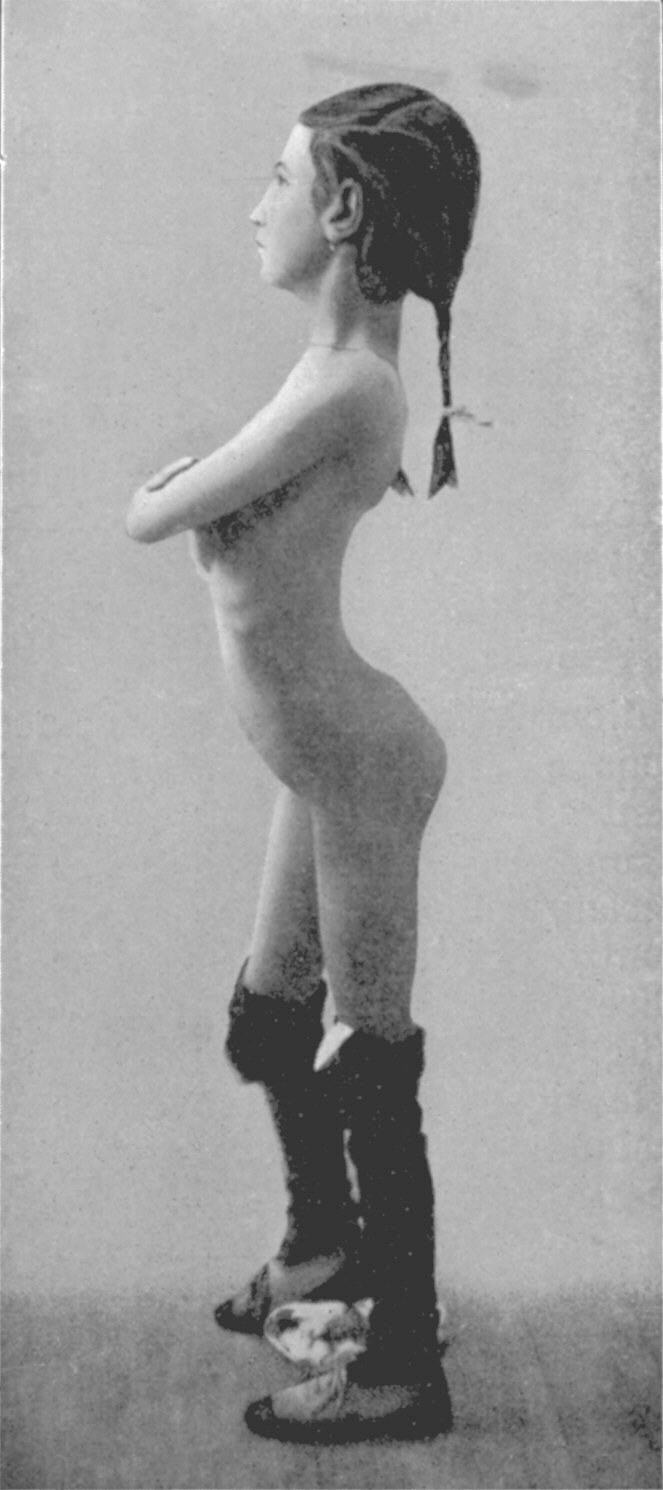- Lordosis
DiseaseDisorder infobox
Name = Lordosis

ICD10 = M40.3-M40.5
ICD9 = ICD9|737.2Lordosis (commonly referred to as swayback, saddle back, or hyper-lordosis) is a medical term used to describe an inward curvature of a portion of the
vertebral column . [Medical Terminology Systems: A Body Systems Approach, 2005] Two segments of the vertebral column, namely cervical and lumbar, are "normally" lordotic, that is, they are set in a curve that has its convexity anteriorly (the front) and concavity posteriorly (behind), in the context of human anatomy. When referring to the anatomy of other mammals, the direction of the curve is termed "ventral." Curvature in the opposite direction, that is, apex posteriorly (humans) or dorsally (mammals) is termedkyphosis . Some animals (notablyhorse s) have naturally concave, lordotic backs.Cause
"Lordotic curvatures" of the vertebral column, also known as "secondary curvatures" are caused mainly because of the difference of thickness between the anterior and posterior part of the
intervertebral disc . It can also worsen through puberty sometimes not becoming evident until the early or mid-20s.Excessive lordotic curvature is also called hollow back, saddle back, and swayback. Common causes of excessive lordosis including tight low back muscles, excessive
visceral fat , and pregnancy. Although lordosis gives an impression of a stronger back, ironically it can lead to moderate to severelower back pain. Loss of lordosis is sometimes seen with painful spinal conditions. If rigid, usually after spinal fusion surgery, it is known as flat-back.The familiar overly-concave shape of the horse's back is, by extension, described as lordotic (hence the nickname "saddle back").
Treatment
Lordosis of the lower back may be treated by strengthening the abdominal muscles and hamstrings. Back hyper-extensions on a Roman chair or inflatable ball will strengthen the back muscles. Anti-inflammatory pain relievers may be taken as directed for short-term relief. Physical therapy effectively treats 70% of back pain cases due to scoliosis, kyphosis, lordosis and bad posture.
Other
Lordosis behavior refers to the position that some mammalian females (cats, mice, rats, and so on) display when they are ready to mate ("in heat").Footnotes
References
*cite|author=Gylys, Barbara A. and Mary Ellen Wedding|title=Medical Terminology Systems|publisher=F.A. Davis Company|date=2005
See also
*
Lordosis behavior
*Kyphosis
*Scoliosis External links
* [http://www.spineuniverse.com/displayarticle.php/article1438.html What is Lordosis?]
* [http://www.nlm.nih.gov/medlineplus/ency/article/003278.htm Lordosis - MedlinePlus definition]
* [http://www.spineuniverse.com/displayarticle.php/article215.html Lordosis - SpineUniverse]
Wikimedia Foundation. 2010.
